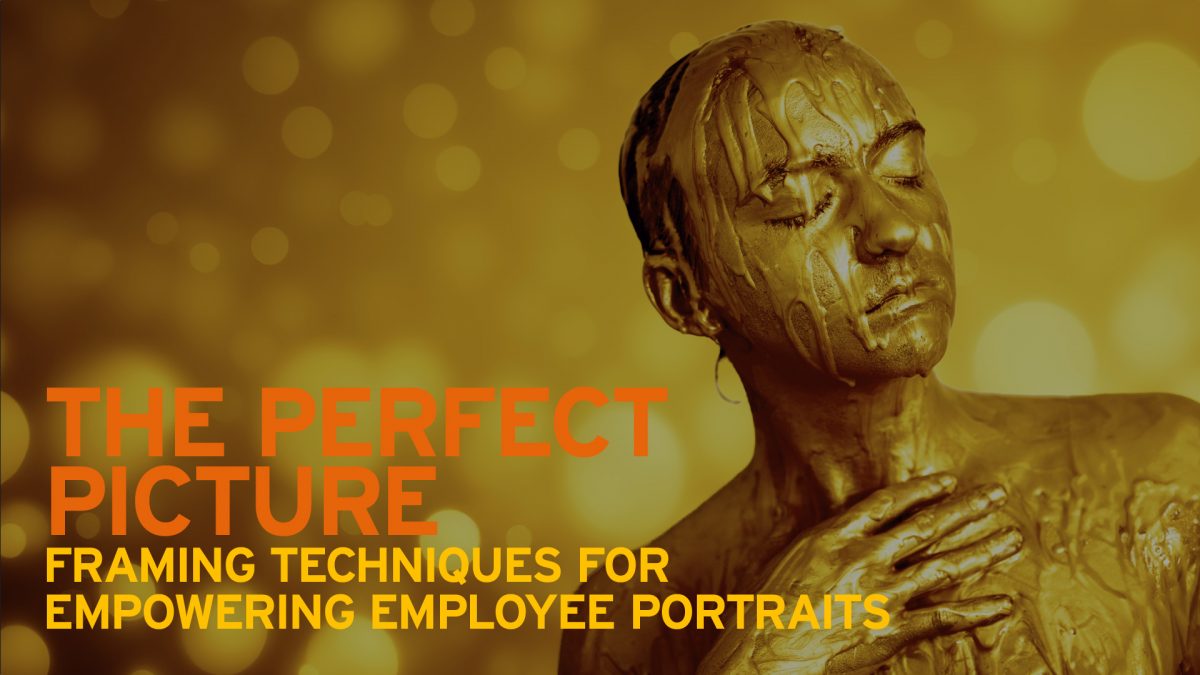In the corporate world, the first impression often comes from a photograph—an employee portrait. From boardroom displays to business websites, these images carry significant weight. Historically rooted in the traditional chest-up portrait, the evolution of employee photography now embraces dynamic full-figure portrayals and diverse framing techniques. At the forefront of this revolution is Eikonice, which leverages advanced AI and cloud-based solutions to streamline portrait management workflows, ensuring GDPR compliance and reducing costs, thereby transforming how companies present their most valuable asset—their people.
Size makes a difference
Where the portrait should be used is important to define before final cropping – and thus optimize the use of portraits in the organisation. There is a difference in the requirements – both visual and technical – whether a portrait is to be used on a key card or in external sales material. Explore the nuanced impacts of portrait framing and angles, from the traditional chest-up shots to full-figure portrayals and dynamic angled poses. With Eikonice it is easy to manage the use of many different formats.
The classic format: Originating from painted portraits long before the camera was invented, the classic chest-up format remains prevalent for its professional appearance and focus on the face. This format emphasizes facial expressions, typically seen in professional LinkedIn profiles and company directories. However, it may restrict the expression of personal style and broader context about the person’s role or environment.
The half-figure cropping: Striking a balance, the half-figure portrait includes the upper body, allowing for slightly more context about the individual’s attire and gestures without needing extensive background space. This format can serve as a versatile middle ground, suitable for both formal and informal settings.
The full-figure portrait: Increasingly popular in modern corporate culture, full-figure portraits showcase more than just a face; they communicate a person’s attire, posture, and immediate surroundings, offering a holistic view. Ideal for feature stories or creative agencies, these portrayals lend personality to profiles but require careful consideration of background and setting to maintain professionalism.
Position makes a difference
just as cropping makes a difference, so does position. A direct, straight-on angle conveys reliability and confidence, often used for formal requirements. It portrays the subject as grounded and straightforward, suitable for legal or executive profiles where trust and authority are paramount.
Introducing angles, such as turning one shoulder towards the camera, can dramatically alter a portrait’s impact. A slight turn can suggest dynamism and approachability, often perceived as more engaging. These subtleties can influence perceptions of friendliness versus professionalism, impacting how employees are viewed by clients and colleagues.
When multiple employees are photographed in a similar style, the repetitive angles can create a batch effect, potentially making individual portraits less distinctive. Varying angles can enhance individuality, suggesting a diverse and dynamic team.
Leveraging flexibility in portraits
Choosing the right angle and framing for employee portraits is crucial, as these images represent the face of the company. With Eikonice’s automated, AI-driven solutions, companies can effortlessly manage and adapt their portrait strategies, ensuring they always put their best face forward.
Eikonice’s technology empowers companies to easily experiment with and update portrait styles, aligning with evolving fashion trends or branding strategies. This flexibility means that an employee’s image can be refreshed annually or as roles change, keeping the company’s visual presentation current and engaging – without any hassle.
